



Jewish American Heritage Month
18 items
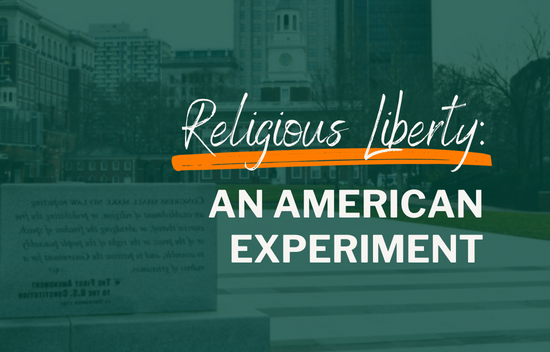
Religious Liberty: An American Experiment
Curriculum - 8 Lessons
Curriculum
8 Lessons
What is the importance of religious liberty in America? How does the Constitution protect it and what is the reason it is significant today? Examine these questions with students so they can see the model religious liberty in America has become for other nations and is an ongoing experiment.
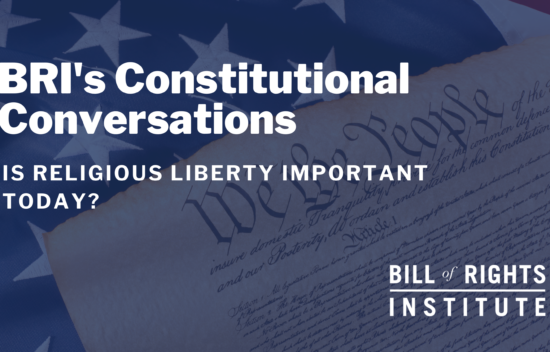
Is religious liberty important today? | Mark Rienzi & Montse Alvarado | Constitutional Conversations
Video
Video
2 Min
Where did the idea of religious freedom come from in the United States? What is the importance of religious liberty today? Learn more from the executives at Becket Law.
2 Min
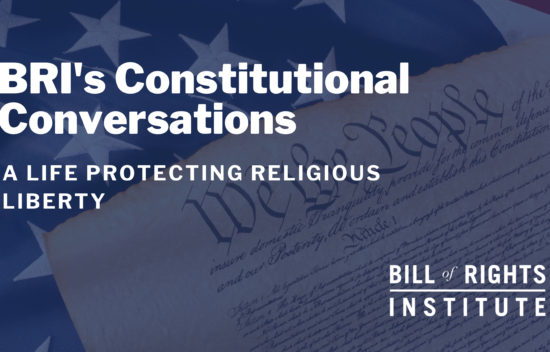
A life protecting religious liberty | Montse Alvarado & Mark Rienzi | Constitutional Conversations
Video
Video
3 Min
Montse Alvarado, Executive Director, and Mark Rienzi, President of Becket Law, discuss why they chose careers defending religious liberty.
3 Min

What is religious liberty like around the world? | Montse Alvarado | Constitutional Conversations
Video
Video
3 Min
What is the state of religious liberty in other countries? How is America different? Learn more from Executive Director of Becket Law, Montse Alvarado.
3 Min
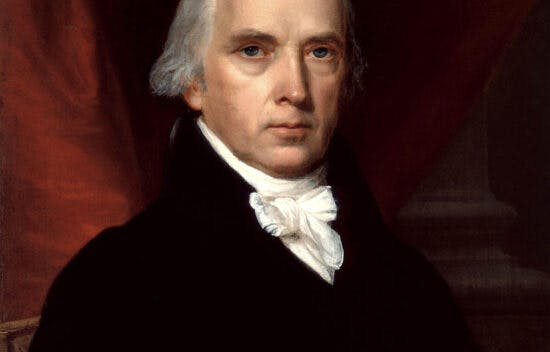
Conscience is the Most Sacred Property: James Madison, Virginia Statute for Religious Freedom, and Justice
Lesson - 1 Activities
Lesson
1 Activities
45 Min
In this lesson, students will learn about James Madison's fight to promote and advance religious freedom in the State of Virginia. They will explore how his actions conformed to the idea of justice and through his example, learn how they can pursue justice in their own lives.
45 Min
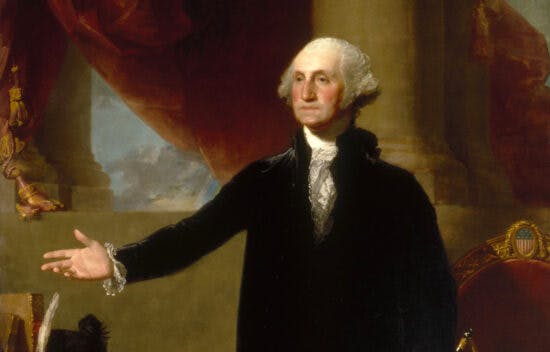
From Toleration to Liberty: George Washington and the Hebrew Congregation in Newport, Rhode Island
Lesson - 5 Activities
Lesson
5 Activities
100 Min
What did religious liberty mean from the colonial period to the Founding era? Assess legal and historical documents of toleration and/or liberty, analyze George Washington's 1790 Letter to the Hebrew Congregation in Newport, Rhode Island, and gain an appreciation of Washington's letter as an example of the shift from religious toleration to religious liberty.
100 Min
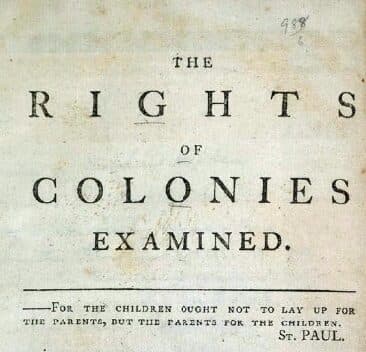
The Rights of the Colonists
Primary Source - 3354 Words
Primary Source
3354 Words
In 1772, Samuel Adams of Massachusetts (Founding member of the Sons of Liberty and second cousin of future-President John Adams) drafted a declaration of the rights of the colonists as men, as Christians, and as subjects of the British Crown. This statement of the rights to which the colonists believed they were entitled was written 4 years before the Declaration of Independence.

Memorial and Remonstrance (1785)
Primary Source - 2921 Words
Primary Source
2921 Words
In 1784, Patrick Henry proposed a general tax called the Bill Establishing a Provision for Teachers [Ministers] of the Christian Religion. Similar to some New England state laws, citizens would choose which Christian church received their support, or the money could go to a general fund to be distributed by the state legislature.
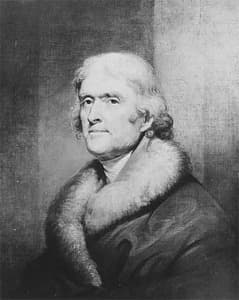
Virginia Statute for Religious Freedom
Essay - 2869 Words
Essay
2869 Words
How do religious freedom and religious tolerance differ?

Virginia Statute for Religious Freedom (1786)
Primary Source - 844 Words
Primary Source
844 Words
Virginia Statute for Establishing Religious Freedom was written by Thomas Jefferson and ushered through the state legislature by James Madison in 1786, banned government interference in religion and individual beliefs.

The Bill of Rights and Religion
Unit - 2 Lessons
Unit
2 Lessons
Explores the First Amendment’s Establishment Clause and Free Exercise Clause, including studies of the Founders’ understanding of both. The unit explores the constitutionality of government action relating to religion as well as the relationship between the government and religious institutions. The unit also investigates instances where “free exercise” and “establishment” might conflict.

The Establishment Clause — How Separate Are Church and State?
Lesson - 3 Activities
Lesson
3 Activities
60 Min
The original thirteen states that formed the United States included individuals from a variety of religious traditions. To ensure that the national government respected freedom of belief, freedom of conscience, and freedom of religious practice, the First Amendment prohibited the federal government from either establishing a national church or interfering with existing state religions. Since then the Supreme Court has created various "tests" to determine if government practices violate the Establishment Clause of the First Amendment. This lesson explores the history and principles behind this clause.
60 Min
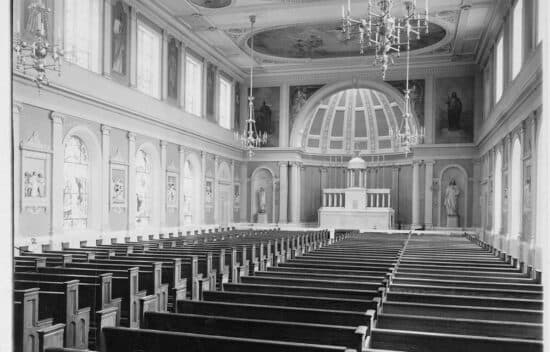
What Is the Significance of the Free Exercise Clause?
Lesson - 4 Activities
Lesson
4 Activities
55 Min
One of America's most cherished freedoms is the free exercise of religion. In a nation where people of many faiths live side-by-side, the First Amendment's Free Exercise Clause protects individuals from government interference in the practice of their faith. The government cannot target laws at specific religious practices or place undue burdens on its citizens' worship. This lesson explores the free exercise clause and the many questions that arise from its enforcement.
55 Min
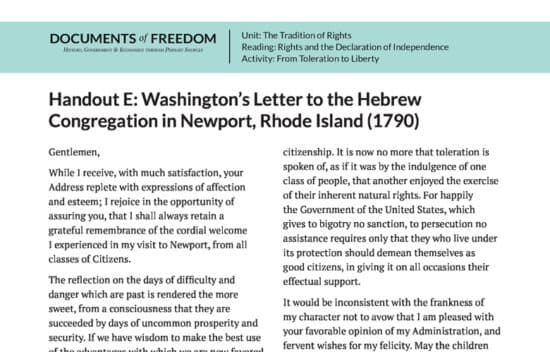
Primary Source: Washington’s Letter to the Hebrew Congregation in Newport, Rhode Island (1790)
Activity
Activity
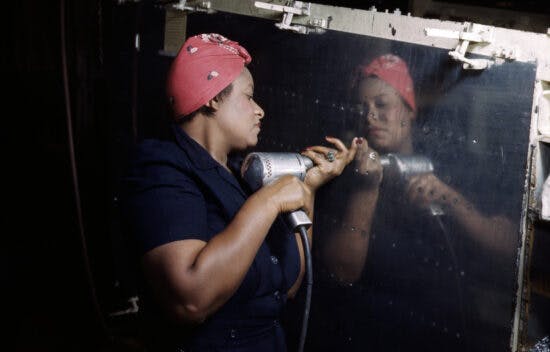
Chapter 12 Introductory Essay: 1932-1945
Essay - 9612 Words
Essay
9612 Words
How did the U.S. handle WWII and the Depression?
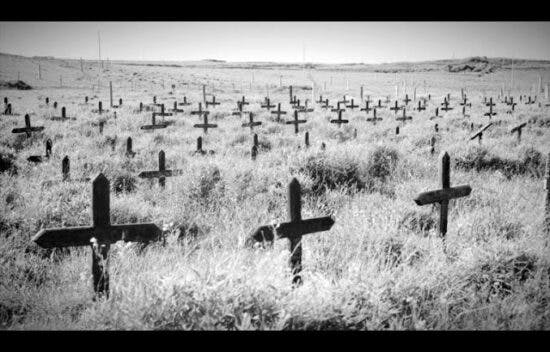
Images from the Congressional Committee Investigating Nazi Atrocities, 1945
Activity
Activity
40 Min
Use this primary source imagery to analyze major events in history.

Religious Liberty: The American Experiment
E Lesson
E Lesson
20 Min
Resources
Religious Liberty: Landmark Supreme Cases
George Washington’s Letter to the Hebrew Congregation in Newport, Rhode Island
Virginia Statute for Religious Freedom
James Madison’s Memorial and Remonstrance

Hollywood: The Origins, the Image, & the Legacy
Podcast
Podcast
What is Hollywood to you? Is it watching a movie that transports you to another world, a tabloid full of colorful celebrity stories, or the larger-than-life neighborhood in Los Angeles? In this episode of Fabric of History, Mary, Kirk, and Haley go back to the very beginning of show business in the once sleepy backwater of California to discover why Hollywood has endured and thrived in American culture.